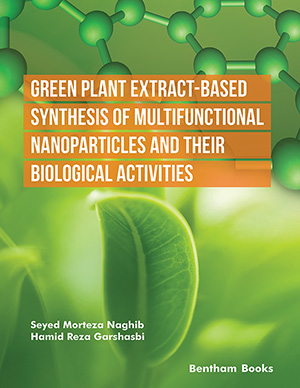Abstract
Background: The telescopic fork is mainly used for suspension purposes in different devices to absorb the vibration and disturbances which come from the road or mechanical devices. Factors such as die angle, drawing velocity, lubrication, and area reduction per pass significantly affect the drawing loads and residual stresses formed in the drawn tube during the tube drawing process.
Objective: An instantaneous transverse crack was found on the pipe's outer surface during the drawing process in the current work, and the key challenges were to reduce the percentage of pipe rejection.
Methods: In this work, optimum drawing die designs were proposed by using the Finite Element Method (FEM). The FEM solving tool is called Abaqus, and it has been used for simulating and solving the cold-rolling process. The FEM model of cold drawing process is generated in Abaqus with the same boundary condition (Axial load and constrain) as used on the actual wire drawing machine.
Results: With current die geometry, there was a substantial reduction in area, axial stress (Tensile) along the die side is 672 MPa, which is 23 % lower than the current die axial stress value 877 MPa. There was 48 % plastic strain found along the purposed die side, which was 17 % lower than the existing strain of 64%. Finally, the area was reduced by changing the die geometry from the current level of ~52% to 35 to 40 %.
Conclusion: By reducing the area (35 to 40 %) in the output tube, and strain (17 %), it was possible to abolish the transverse crack on the pipe's outer surface. As part of the optimisation of the FEM work process, this work gives us encouraging results. Further research will be considered for future work.
Keywords: Die angle, finite element method, tube drawing, optimization, elescopic front fork, abaqus

























